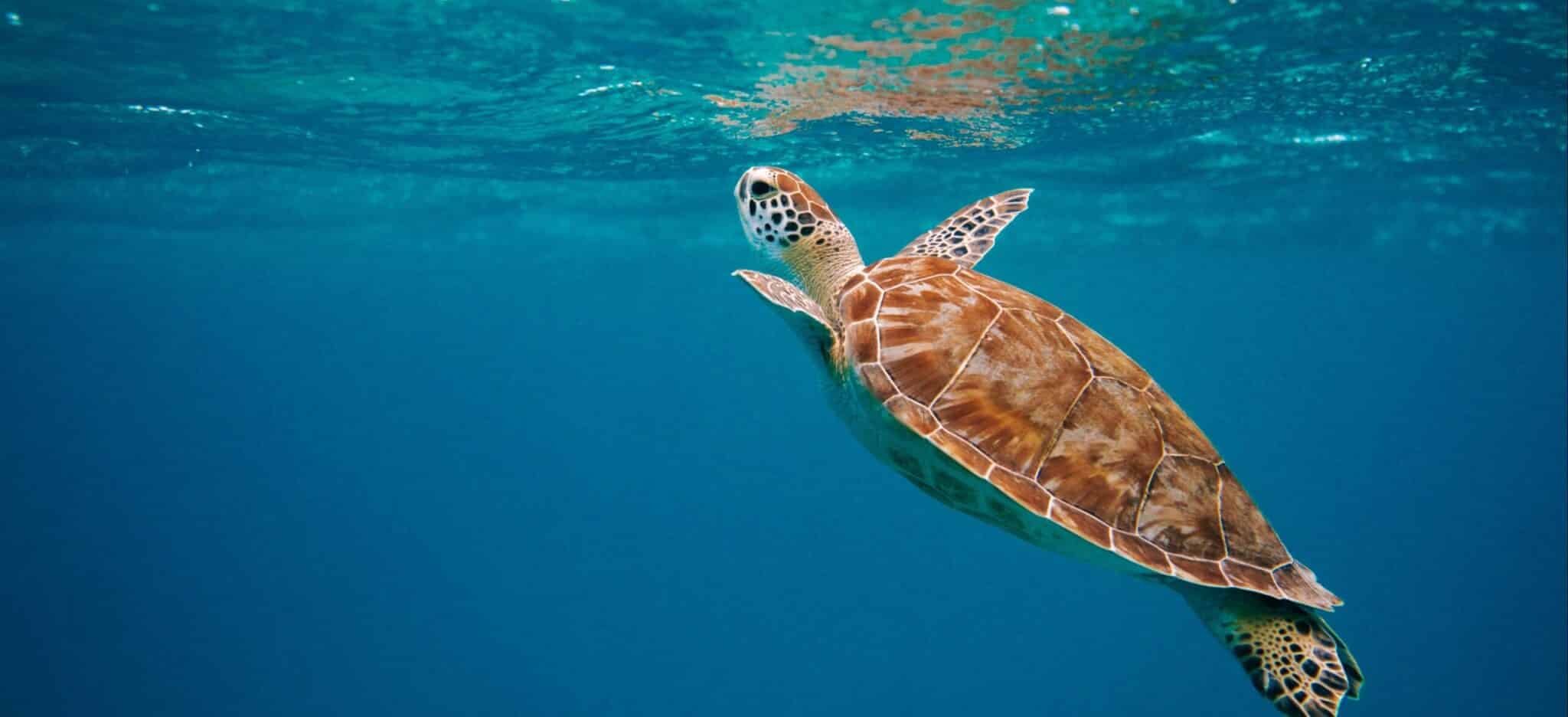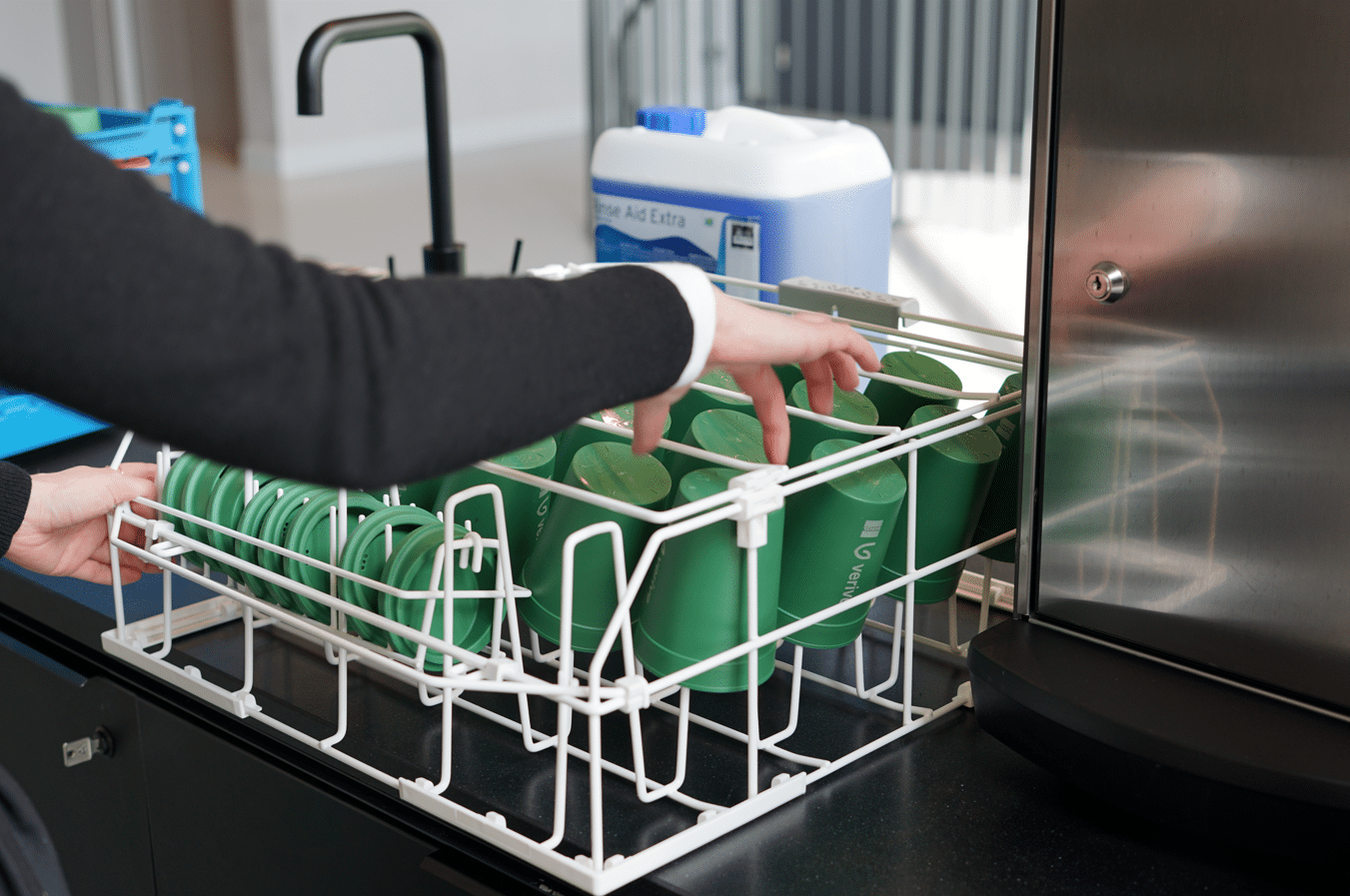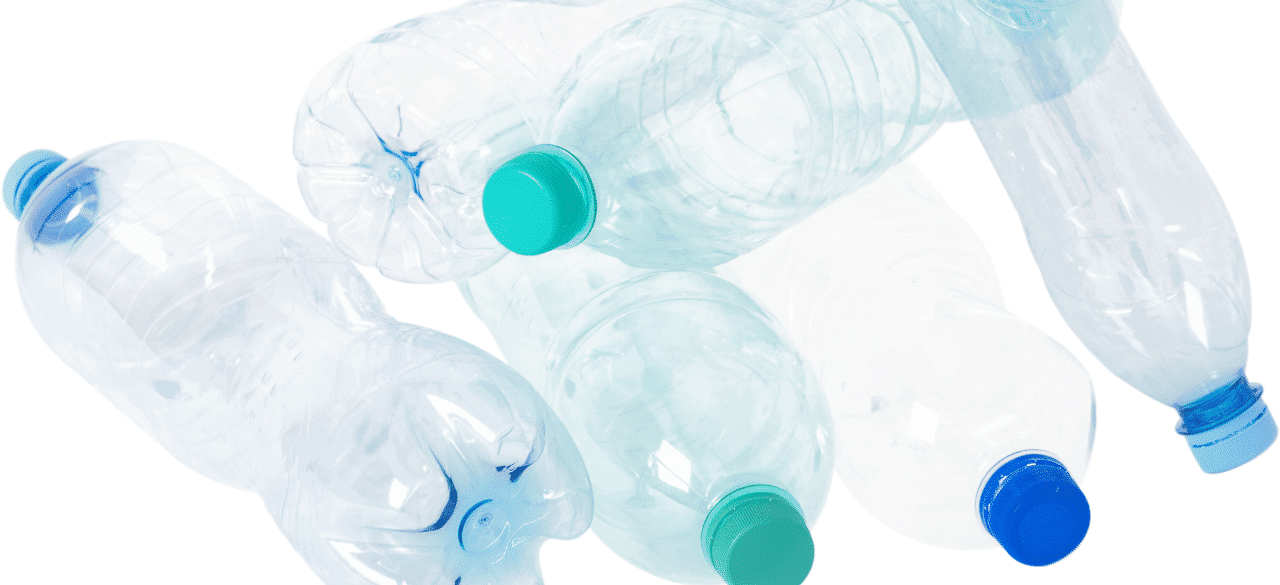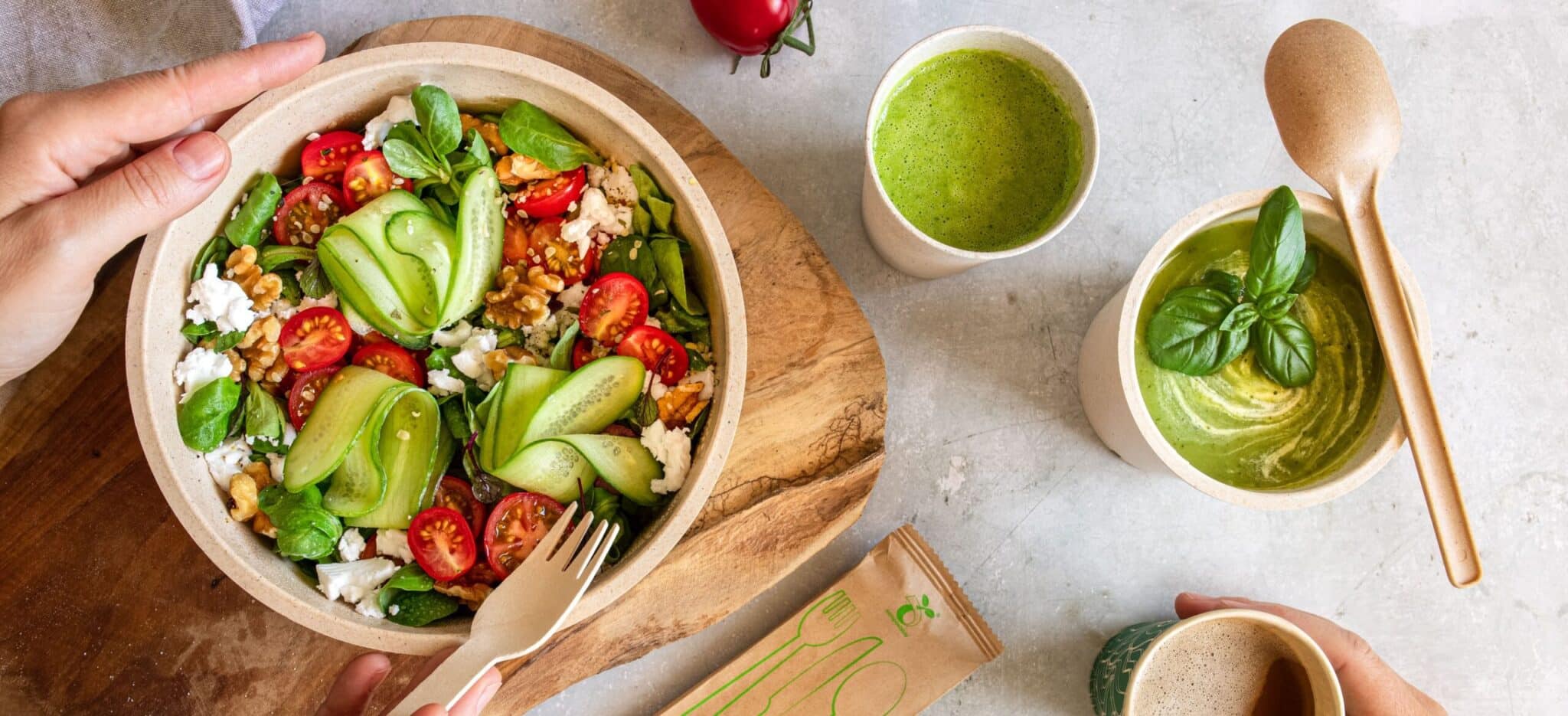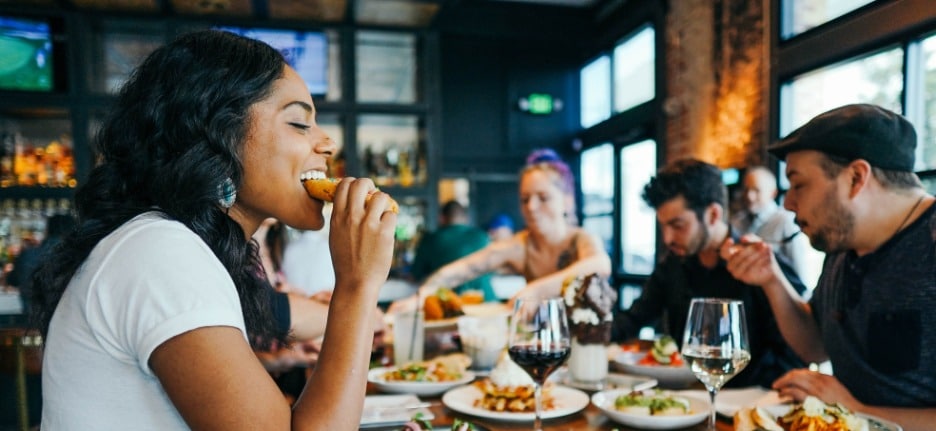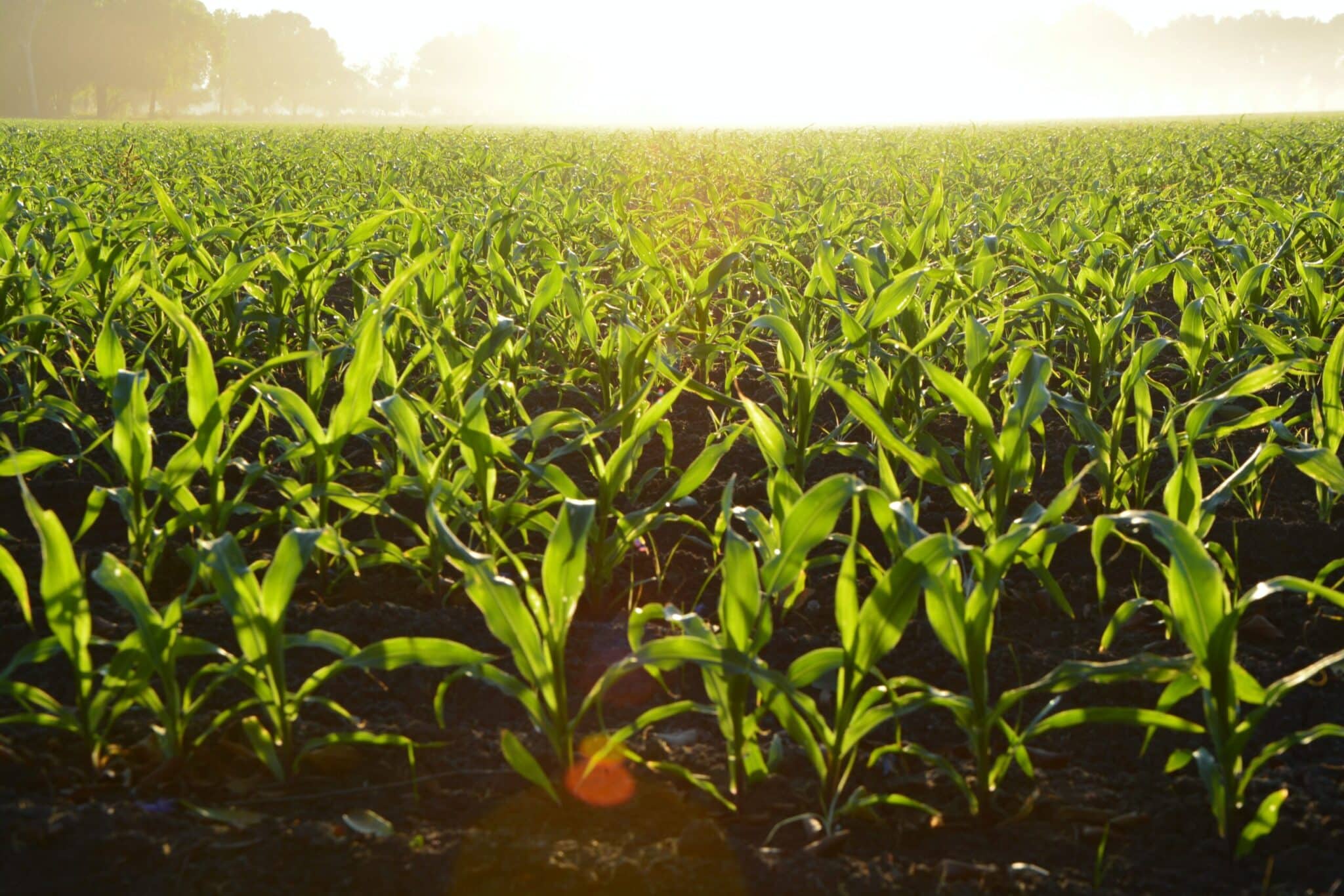About this article
As new labelling laws come into full effect July 2022, the ‘turtle logo’ goes mainstream. Learn what it this aspect of the Single-Use Plastics Directive means for disposable beverages cups containing or made from any form of plastic.
World Turtle Day, launched in 2000 by American Tortoise Rescue and held every May 23, has become a global celebration of turtles, tortoises, and the protection of their disappearing habitats. This year, we want to mark the day by sharing information about the EU’s ‘Plastic in Product’ and ‘Made from Plastic’ turtle logos. We wish to help raise awareness in the foodservice industry about the importance of knowing your materials and how to properly dispose of them in order to prevent marine litter and other forms of environmental degradation. Wondering why the EU went with the turtle for its logo? Well, it’s no coincidence.
Research by WWF Australia in 2021 indicates that at least 1,000 turtles die each year from entanglement in plastic waste. Many more choke, sustain internal injuries, or starve after consuming floating plastic waste they’ve mistaken for food. Other scientific research found that a turtle had a 22% chance of dying if it ate just one piece of plastic. And that's exactly what EU’s turtle logos emphasise, the importance of the properly disposing of plastic products. At Verive, we cannot stress this enough: Whether a takeaway cup contains plastic (or not) or is made from compostable materials, never ever throw your waste on the ground or in nature. We encourage the proper disposal of your Verive products and other disposable cutlery and takeaway packaging at all times.
It is our responsibility to inform the hospitality and catering industries, along with their end-users, of the upcoming July 4, 2022, Single-Use Plastics Directive labelling deadline. Cups delivered to and sold in another EU Member State after July 3, 2021, must carry the ‘Plastic in Product’ label. Cups delivered to a customer before July 3, 2021, can be sold without the label until July 4, 2022. In other words, just a few weeks after this article’s publication, this exception will be phased out, and all beverage cups must properly feature the Turtle Logo.
What does the new Turtle Logo look like, and how did it come about?
The Single-Use Plastic (SUP) Directive came into effect July 3, 2021, and as another sign of its steady rollout, you will notice changes to the outside of hot and cold drinks cups and other plastic-containing products.
Beverage cups that contain any amount of plastic must feature the following label:

Beverage cups that are made entirely from plastic must be properly engraved with this label:

Why do our cups feature the ‘Plastic in Product’ Turtle Logo?
All our beverage cups are fully compliant and carry this logo because they are made leak-proof with an aqueous lining. Suppliers often call coffee cups ‘plastic free’ when they actually use a PLA coating or an aqueous lining. These materials use significantly less plastic, but they are not plastic-free.
Although it’s only a matter of time, to the best of our knowledge there isn’t yet a single-use coffee cup on the market that is 100% plastic-free. That’s why all coffee cups in the EU should carry this logo. In our continual pursuit of transparency, we encourage you to question these claims whenever you see them. For more on why we want to banish misleading claims like ‘plastic-free,’ click here.
At Verive, we don’t disagree with the use of this logo on plastic-containing cups and its awareness-building potential. However, the current solution places a lot of responsibility on the end-user without creating long-term solutions for waste management infrastructure or a circular economy. We wish the Single-Use Plastic Directive did more to address this.

We view liners made from aqueous linings or a PLA coating, which uses less virgin plastic than traditional PE materials, as part of a potential solution. Why? If plastics such as these are used and disposed of properly through improved recycling and composting options, they can help steer us away from fossil fuels toward a sustainable circular economy.
Supplier or buyer? Learn more about the ‘Plastic in Product’ Turtle Logo
The SUP Directive has strict regulations regarding the use and application of the ‘Plastic in Product’ turtle logo. For instance, the logo must be placed horizontally to be more visible to end-users, and there are specifications related to the size of the logo relative to the size of the cup. Similar specification exists for the use of the ‘Made of Plastic’ logo. Since this labelling requirement applies to all disposable cups (see reasons above), make sure you read up on all the EU logo specifications or contact us for our advisory sustainability services.
